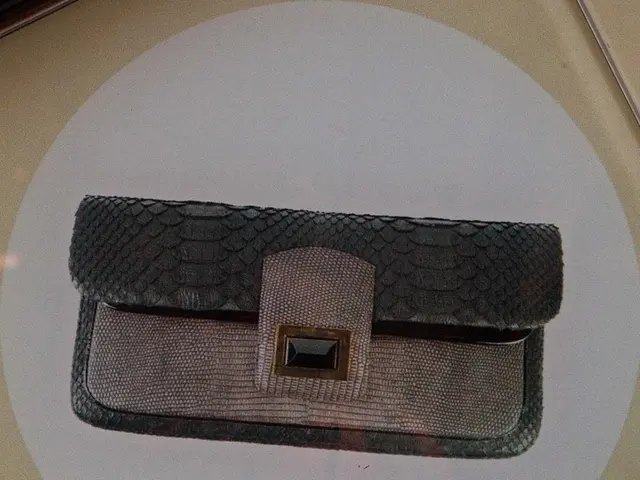Essential Tips on Escaping the Financial Black Hole of Utility Programs
In the rapidly evolving electric utility industry, Distributed Energy Resource Management Systems (DERMS) have emerged as a crucial tool for forecasting, controlling, and managing distributed energy resources in real-time. However, challenges in utility software procurement have led to opaque projects and potential waste of funds, particularly in the case of DERMS.
These challenges stem from several key issues. Vendor lock-in and familiarity bias often result in limited competition, inflated maintenance costs, and suboptimal system features. Projects frequently suffer from unclear or inadequately defined scopes, with insufficient requirements regarding accuracy, scalability, or existing functionalities. Hidden or incomplete cost transparency prevents accurate total cost of ownership analyses, risking overspending and budget overruns.
Closed architectures and poor interoperability limit flexibility and innovation, while inadequate data management and integration complicate DERMS deployment and reduce effectiveness, leading to inefficient operations and escalating costs. Moreover, the lack of regulatory oversight for software procurement can lead to underperformance and unaccountable spending in DERMS investments.
These challenges create an environment where DERMS projects become opaque, with unclear performance metrics and hidden costs, leading to waste of ratepayer funds and missed opportunities for accelerating DER integration and grid modernization.
To address these challenges, utilities and regulators must define clear, measurable outcomes in procurement, insist on full lifecycle cost transparency, and open architecture requirements in Request for Proposals (RFPs) to foster competition and innovation. Developing comprehensive data management strategies to unify disparate energy data sources into actionable insights for DERMS success is also crucial.
One provider that exemplifies the principles of open standards, APIs, and a proven track record across diverse utility environments is OATI, whose webSmartEnergy DERMS has been in operation since 2010. A merit-based RFP process can uncover solutions like OATI DERMS that maximize Return on Investment (ROI) and accelerate DER integration.
However, it's essential to remember that utilities often return to OATI after failed DERMS deployments with other vendors. While OATI's platform wins on price and functionality, it sometimes loses when stacked against larger companies. Most energy tech conglomerates aiming to acquire their way to a DERMS are years away from deployment.
The proliferation of energy storage in everything from utility-scale batteries to electric vehicles is a driving force in the transition to a cleaner, more distributed power system. As utilities manage vast swaths of data, customer billing, and power grid operations, the need for transparent, efficient, and innovative DERMS solutions has never been greater.
References:
[1] McKinsey & Company. (2020). The utility software money pit: How to avoid it. Retrieved from https://www.mckinsey.com/industries/electric-power-and-natural-gas/our-insights/the-utility-software-money-pit-how-to-avoid-it
[2] OATI. (n.d.). webSmartEnergy DERMS. Retrieved from https://www.oati.com/products/wsem-dems/
[3] U.S. Department of Energy. (2018). The Future of DERMS. Retrieved from https://www.energy.gov/eere/electricity/future-derms
[4] Utility Dive. (2020). Utilities grapple with DERMS cost overruns and delays. Retrieved from https://www.utilitydive.com/news/utilities-grapple-with-derms-cost-overruns-and-delays/611676/
[5] Greentech Media. (2019). The DERMS market is heating up. Retrieved from https://www.greentechmedia.com/articles/read/the-dems-market-is-heating-up
Technology advancements in the realm of finance and business, such as investing in innovative software solutions, play a significant role in addressing challenges within the electric utility industry. For instance, open architecture requirements in Request for Proposals (RFPs) can foster competition and innovation, as demonstrated by OATI's webSmartEnergy Distributed Energy Resource Management System (DERMS), which has been operational since 2010. However, maintaining transparency in software procurement processes is crucial to avoid overspending and inefficiencies, a challenge highlighted in reports by McKinsey & Company [1] and Utility Dive [4].




